Continental Circus - part 1: the beginning
The term Continental Circus was originally coined by Graham Walker, pre-war TT winner and Rudge works rider. It was his term for British road racers who went to Grand Prix events on the continent in the 1920s and 1930s.
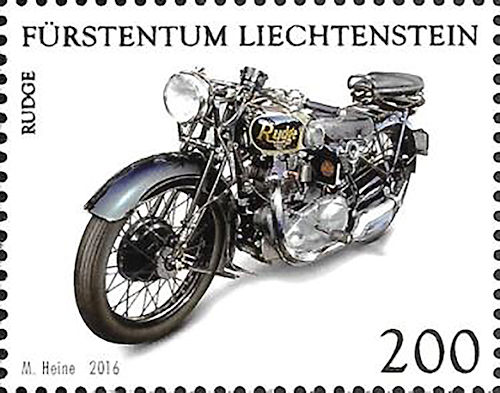
In that period road racing was in the UK only possible on the Isle of Man, Brooklands, Donington and in Ierland.

It began in the early 1920s with visits to France and Belgium (Spa 1921) and later expanded to Germany (Avus 1921, Sachsenring 1927, Hockenheim 1932, Solitude 1935), the Netherlands (Assen 1925), Switzerland (Bremgarten 1931), Italy, Spain and Sweden.
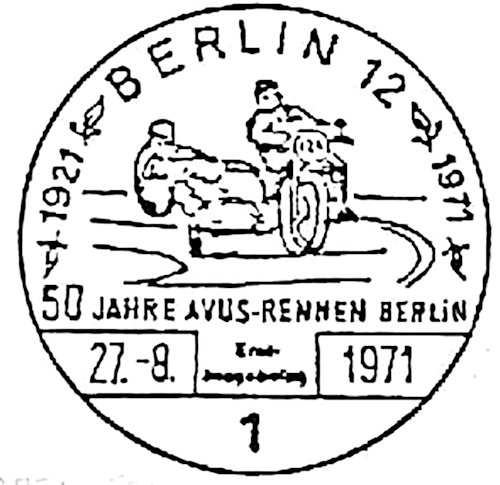
Most riders were under contract to a motorcycle manufacturer, or an oil company. Surprisingly, some pre-war riders did much better financially than their post-war successors. For example, the rider Stanley Woods had earned over £900.00 in prize money and bonuses, which is comparable to the income of today's MotoGP riders.
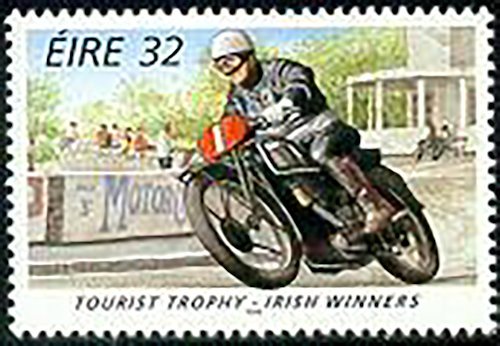
Transport of the motorcycles in Europe was done, with a few exceptions, by train. Of course with the necessary obstacles such as strikes, customs controls, carnets, etc.
One of the most successful riders in this era was Alec Bennett. He won the French GP in 1920 and 1921 on Sunbeam, and the Belgian and French GP in 1924 on Norton. And after that in 1925 the Belgian GP and the French GP in 1926.
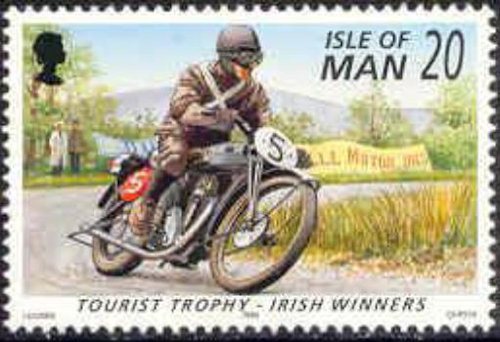
In 1927 Stanley Woods won the Dutch, Belgian and Swiss GP on Norton, the brand for which he became factory rider 1926.
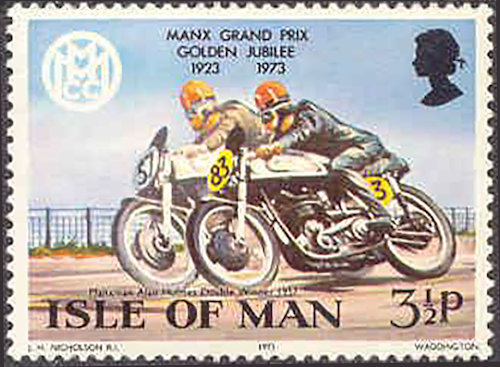
But Norton's real dominance began in 1931 with the introduction of the bevel drive engines and the team of Stanley Woods, Jimmy Guthrie, Tim Hunt and Jimmy Simpson.

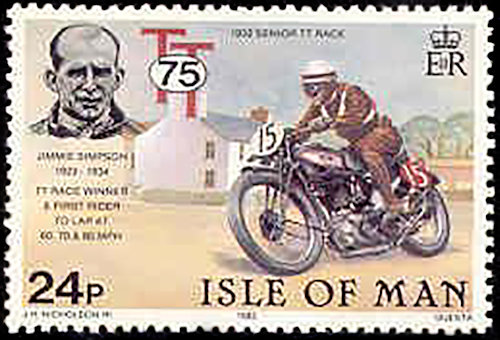
Such a formidable team has never been formed again in the later years.
In the period 1931-1933 Hunt and Woods achieved no less than 16 victories and Simpson scored no less than 12 victories.
In 1933 however came a turning point. Tim Hunt was lapping a number of backmarkers in the Swedish GP when one of them suddenly slowed down and Hunt rode into him from behind at full speed. This resulted in serious injuries that meant the end of his racing career. In the same year Stanley Woods left the team after a disagreement about team orders, and in 1934 Jimmy Simpson retired from racing after winning the Ulster GP.
Fortunately there was also good news for Norton, because in 1933 and the following 5 years Jimmy Guthrie won 14 GPs, until he perished in an accident in the German GP in 1937 while leading the race. To this day, there is still a memorial on the Sachsenring at the spot where this happened.
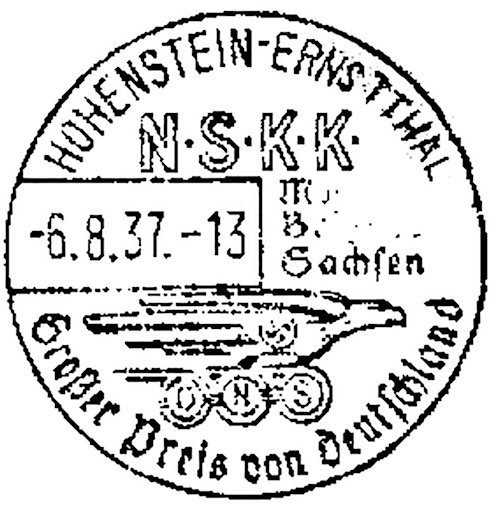
In the 1930s there was a lot of racing in Germany, partly because a lot was invested in development and technology by the three largest manufacturers: BMW, DKW and NSU.
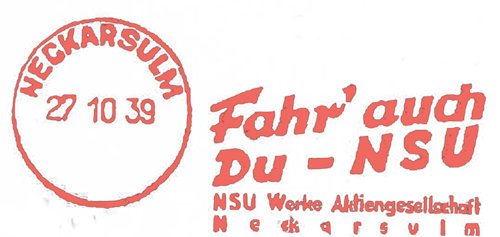
In addition to the GP circuits, there were also various Dreieck Rennen ("triangle races"), where public roads were transformed into a temporary circuit and where the German championship was contested. Here, the compressor BMWs, the 250 cc and 500 cc two-stroke Ladepumpe DKWs or the NSUs were often the winners. The supremacy of BMW began in 1936, when Karl Gall and Otto Ley won the GPs of the Netherlands and Sweden and in 1937 those of the Netherlands and Germany.
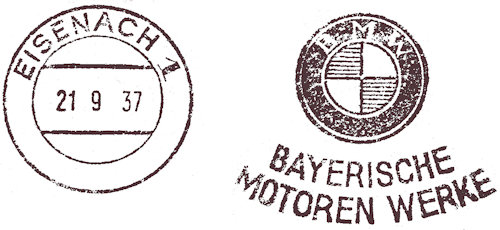
In 1938 George Meier took Otto Ley's place, and he won the Belgian, Dutch, German and Italian GPs that year. Germany was not admitted to the FIM until after the war, therefore the races in Germany were not open to FIM riders. Nevertheless, the races in Germany continued.
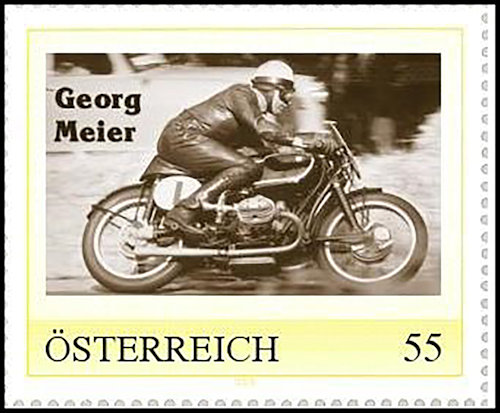
Also in the sidecar class, where BMW's dominance even lasted until 1951. But in the solo classes it came to an abrupt end when the FIM banned superchargers after the war.
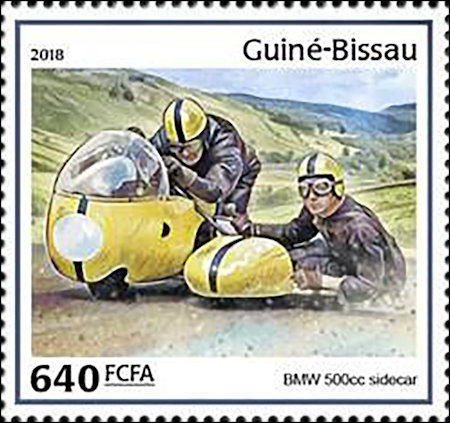
To be continued
Hans Baartman
Top - Back to former page - Home |












